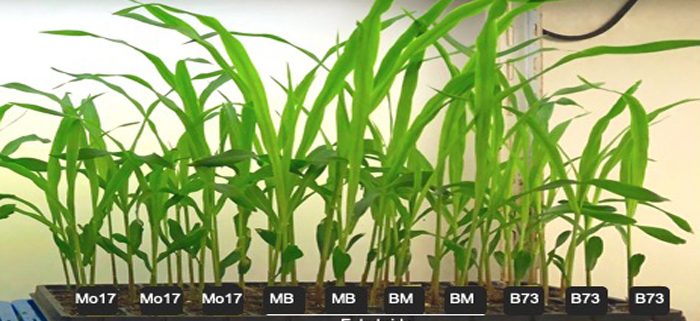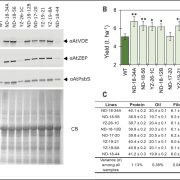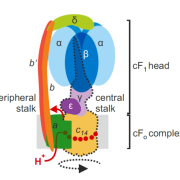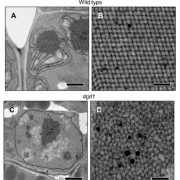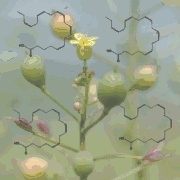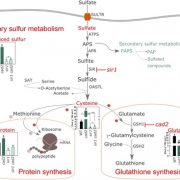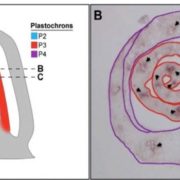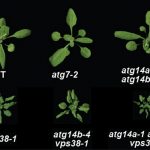How circadian changes in metabolism affect hybrid vigor
Zhi Li, Andan Zhu, et al. compare inbred and hybrid lines to explore how daily changes in metabolic pathways affect hybrid vigor. The Plant Cell https://doi.org/10.1105/tpc.20.00320
Background: Heterosis or hybrid vigor refers to the superior growth or fitness in the hybrid progeny compared to one or both parents. Heterosis is widespread and commonly used in animal and crop production. Corn or maize (Zea mays) is an important staple crop and a model plant to study heterosis; nearly all corn grown in the world is hybrid. Recent studies on genomic and gene expression changes revealed a role for altered circadian rhythms in heterosis, but whether and how changes in proteins and metabolites mediate physiological pathways and growth vigor in the hybrids.
Question: Do proteins and metabolites change during the day and night? How do these changes modulate physiological processes and growth? Do these changes alter metabolic processes and vigor in the hybrids?
Findings: We examined temporal changes in the proteome and metabolome in the corn hybrids and their inbred parents. We found daily rhythms for the majority of maize metabolites and proteins in corn seedlings in the hybrids. Rhythmic metabolites and proteins tend to be nonadditive (higher or lower than the mean value of the two parents) in the hybrids. However, the heterosis level for metabolites is smaller than that for phenotypic traits such as biomass, plant height, and yield. These small daily changes in metabolites and proteins may accelerate growth in hybrids. Notably, metabolites in the photosynthetic pathway show positive heterosis, whereas metabolites in the photorespiratory pathway show negative heterosis, which correspond to nonadditive abundance and activities of key enzymes in the respective pathways. Our results suggest that by diurnally orchestrating nonadditive expression of key enzymes involved in photosynthetic and photorespiratory pathways, hybrids may optimize the abundance of corresponding metabolites to improve carbon assimilation and detoxify toxic metabolites. A series of small cascade changes may accelerate physiological processes to produce greater heterosis.
Next steps: Our future research will address how rhythmic gene expression changes regulate protein and metabolic rhythms, how changes in metabolic pathways during the day and night coordinate physiological processes to promote growth and development in hybrids, and whether we can use these insights to improve crop growth and yield.
Zhi Li, Andan Zhu, Qingxin Song, Helen Y. Chen, Frank G. Harmon, and Z. Jeffrey Chen (2020) Temporal Regulation of the Metabolome and Proteome in Photosynthetic and Photorespiratory Pathways Contributes to Maize Heterosis. https://doi.org/10.1105/tpc.20.00320


